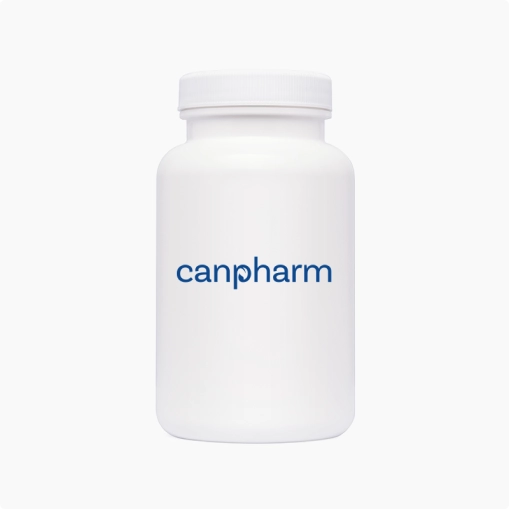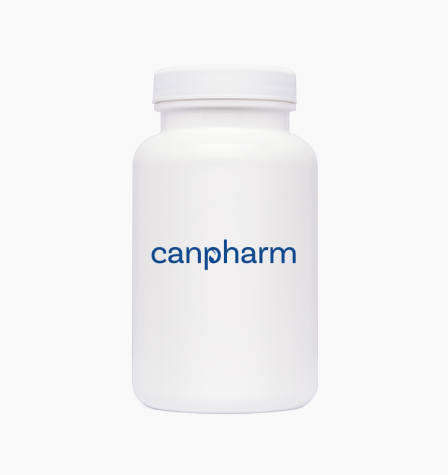
-
Description
-
Reviews (0)
-
Related Products
-
Related Conditions
Fact Table
| Fact Table | |
|---|---|
| Formula | C17H16ClNO |
| License | EU EMA, US DailyMed, US FDA |
| Bioavailability | 35% |
| Legal status | Rx-Only |
| Chemical Name | Asenapine |
| Elimination half-life | 24 hours |
| Dosage (Strength) | 5mg Sublingual, 10mg Sublingual, 10mg (Tablets) |
| Pregnancy | Consult Doctor |
| Brands | Saphris |
| Protein binding | 95% |
| PubChem CID | 163091 |
| MedlinePlus | a610015 |
| ChEBI | 71253 |
| ATC code | N05AH05 |
| DrugBank | DB06216 |
| KEGG | D11769 |
| Routes of administration | Sublingual, by mouth |
This medicine an antipsychotic used to treat schizophrenia. It is also used to treat acute manic or mixed episodes associated with bipolar disorder (manic-depression).
